View all Standards for British Columbia (2018)
Describe, analyze, and respond using drama-specific language
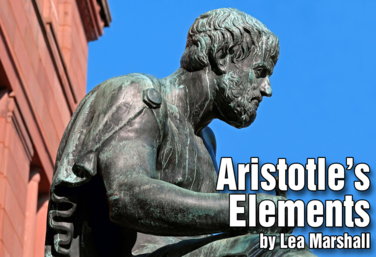
Aristotle's Elements
by Lea Marshall
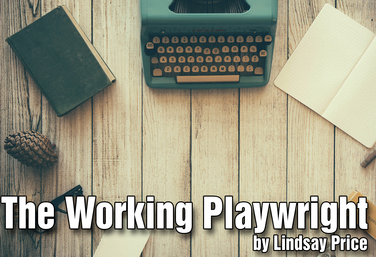
The Working Playwright *Hyperdoc
by Lindsay Price
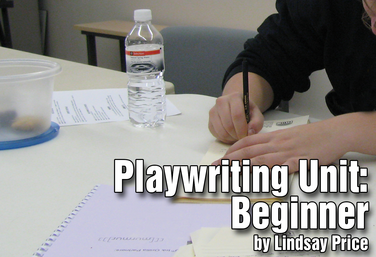
Playwriting Unit: Beginner
by Lindsay Price
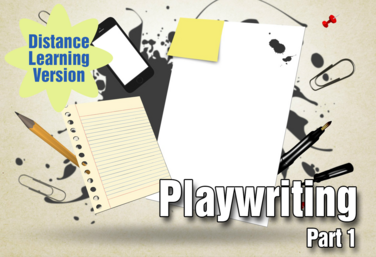
Part of the Distance Learning Curriculum
Playwriting: Part 1
by Lindsay Price
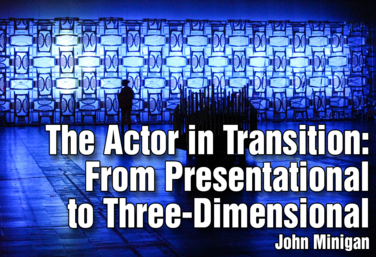
The Actor in Transition: From Presentational to Three-Dimensional
by John Minigan
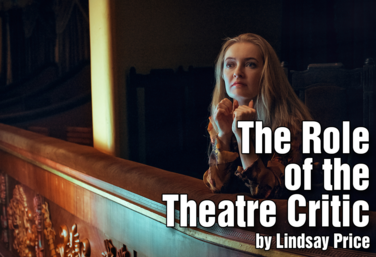
The Role of the Theatre Critic
by Lindsay Price
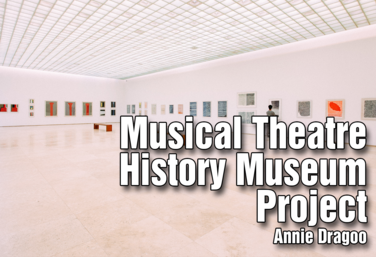
Musical Theatre History Museum Project
by Annie Dragoo
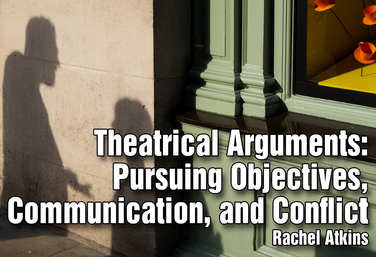.png)
Theatrical Arguments: Pursuing Objectives, Communication, and Conflict
by Rachel Atkins
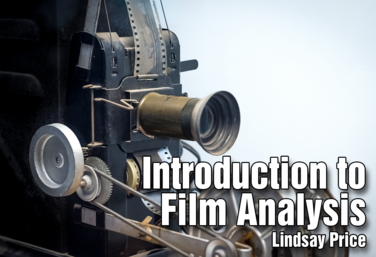
Introduction to Film Analysis: Mise en scène
by Lindsay Price
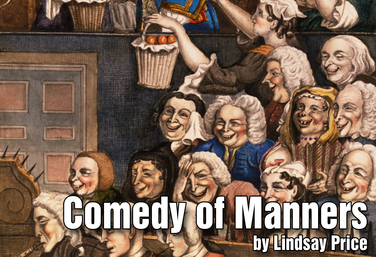
Comedy of Manners
by Lindsay Price
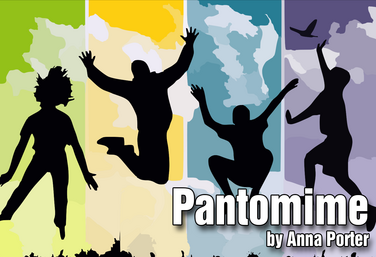
Pantomime
by Anna Porter
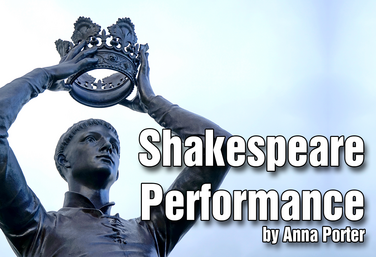
Shakespeare Performance
by Anna Porter
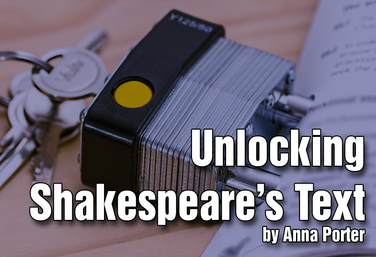
Unlocking Shakespeare's Text
by Anna Porter
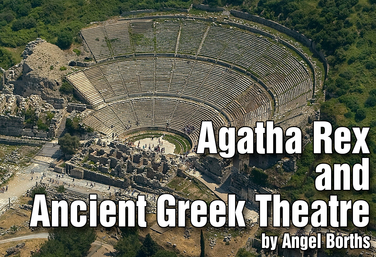
Agatha Rex and Ancient Greek Theatre
by Angel Borths

Puppetry
by Jenny Goodfellow
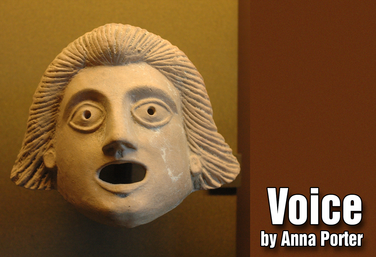
Voice
by Anna Porter
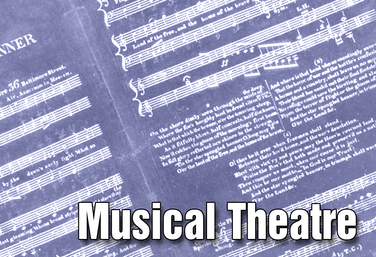
Musical Theatre
by Anna Porter

Pantomime
by Angel Borths
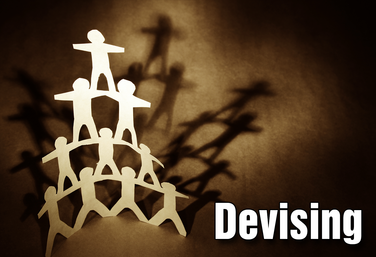
Part of the Drama Two Curriculum
Devising
by Corinna Rezzelle
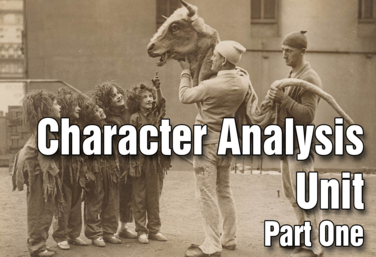
Part of the Drama Two Curriculum
Character Analysis - Part 1
by Matt Webster
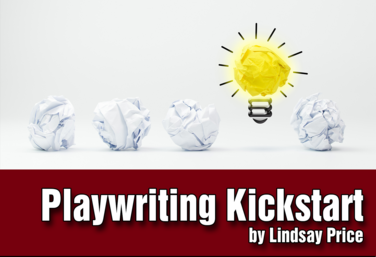
Playwriting Kickstart: Multi platform
by Lindsay Price
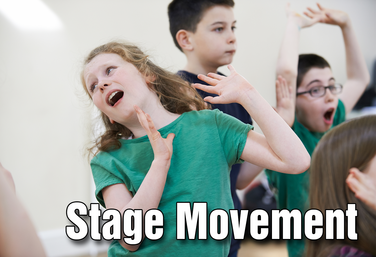
Part of the Drama One Curriculum
Stage Movement
by Karen Loftus

Part of the Drama One Curriculum
Voice
by Karen Loftus
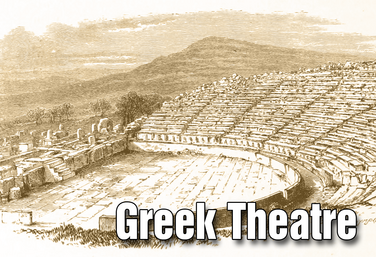
Part of the Drama One Curriculum
Ancient Greek Theatre
by Karen Loftus
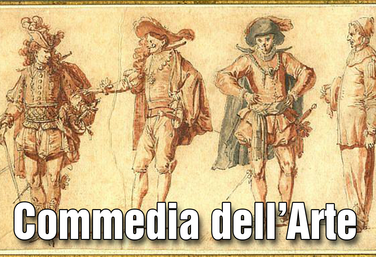
Part of the Drama One Curriculum
Commedia Dell'Arte
by Karen Loftus
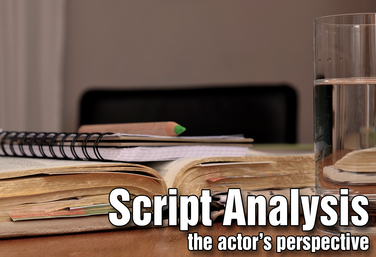
Part of the Drama One Curriculum
Script Analysis: The Actor's Perspective
by Karen Loftus
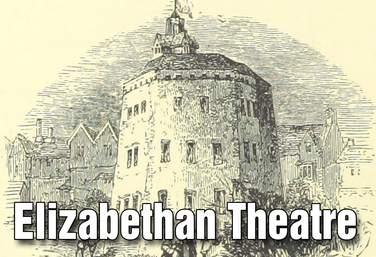
Part of the Drama One Curriculum
Elizabethan Theatre
by Karen Loftus
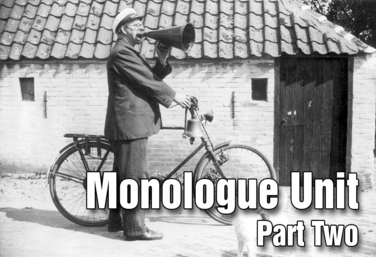
Part of the Drama Two Curriculum
Monologues - Part 2
by Matt Webster
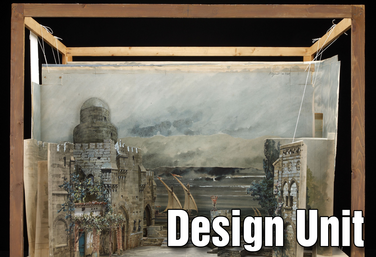
Part of the Drama Two Curriculum
Design
by Matt Webster

Part of the Stagecraft Without a Theatre Curriculum
Introduction to Theatre Production
by Karen Loftus

Part of the Stagecraft Without a Theatre Curriculum
Elements of Design
by Karen Loftus
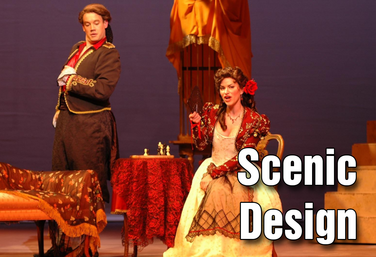
Part of the Stagecraft Without a Theatre Curriculum
Scenic Design
by Karen Loftus

Part of the Stagecraft Without a Theatre Curriculum
Sound
by Karen Loftus and Josh Hatt

Part of the Stagecraft Without a Theatre Curriculum
Costume Design
by Holly Beardsley, Karen Loftus, and Josh Hatt

Part of the Stagecraft Without a Theatre Curriculum
Make-Up Design
by Karen Loftus and Josh Hatt

Part of the Stagecraft Without a Theatre Curriculum
Culminating Project
by Karen Loftus

Part of the Distance Learning Curriculum
Voice
by Lindsay Price and Karen Loftus
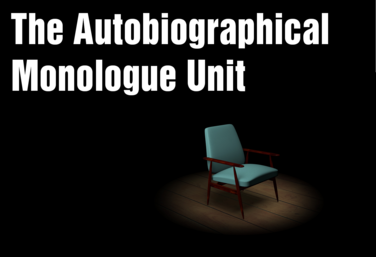
The Autobiographical Monologue
by Gai Jones
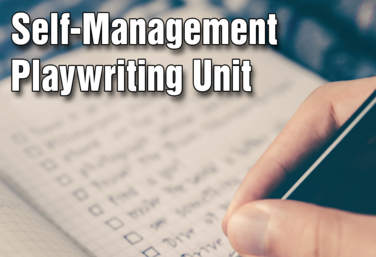
Self-Management Playwriting
by Lindsay Price
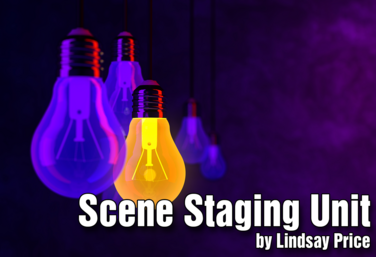
Scene Staging
by Lindsay Price

Spoken Word Poetry
by Quincy Young
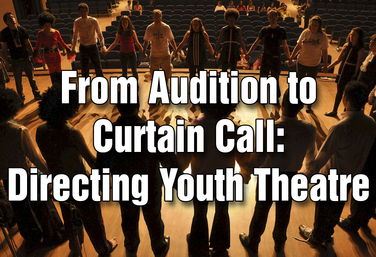
From Audition to Curtain Call: Directing Youth Theatre
by Steven Stack
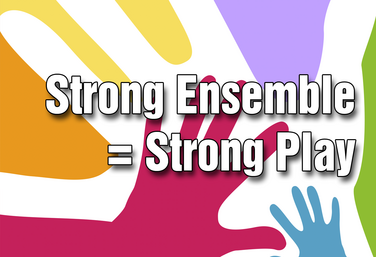
Strong Ensemble = Strong Play
by Craig Mason
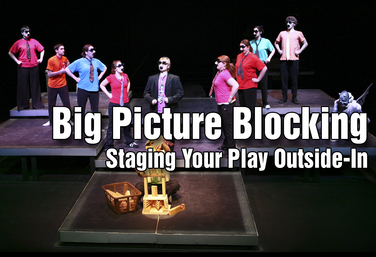
Big Picture Blocking: Staging Your Play Outside-In
by Todd Espeland

Working With Monologues For Rehearsal And Development
by Gai Jones
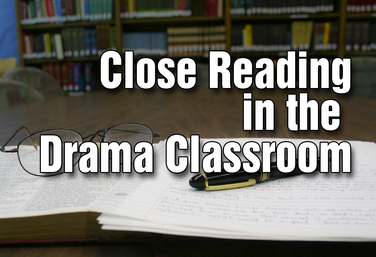
Close Reading in the Drama Classroom
by Lindsay Price
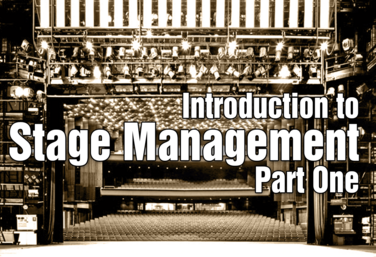
Introduction to Stage Management Part One
by Karen Loftus
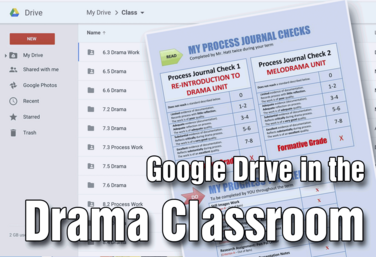
Google Drive in the Drama Classroom
by Josh Hatt
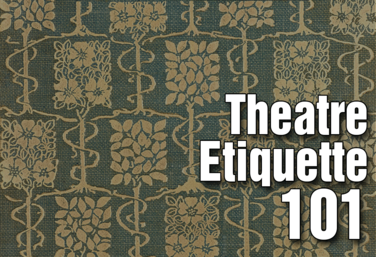
Theatre Etiquette 101
by Kerry Hishon
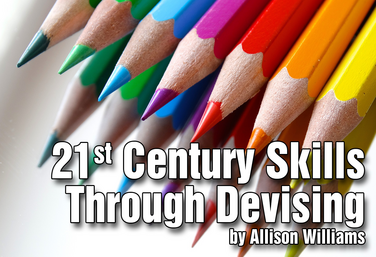
21st Century Skills Through Devising
by Allison Williams
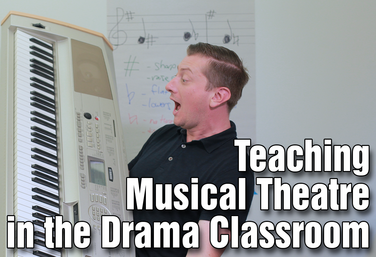
Teaching Musical Theatre in the Drama Classroom
by Colin Oliver
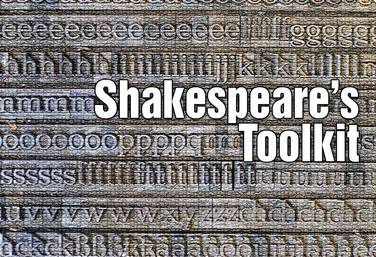.png)
Shakespeare's Toolkit
by Todd Espeland
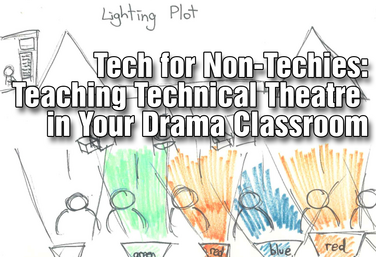
Tech for Non-Techies: Teaching Technical Theatre in Your Drama Classroom
by Josh Hatt

Marketing the Arts
by James Van Leishout
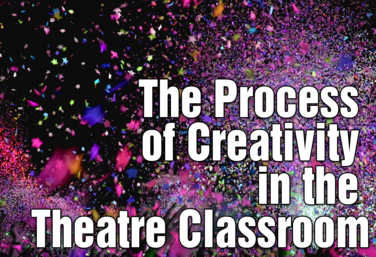
The Process of Creativity in the Theatre Classroom
by Gai Jones
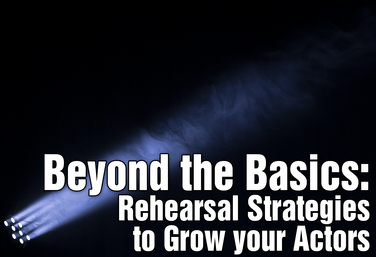
Beyond the Basics: Rehearsal Strategies to Grow Your Actors
by Julie Hartley
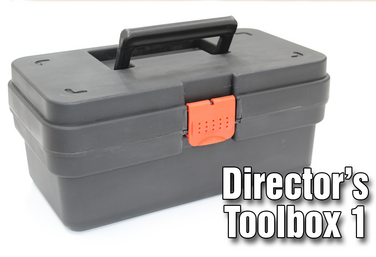
Director's Toolbox 1: Teaching Students to Direct
by James Van Leishout
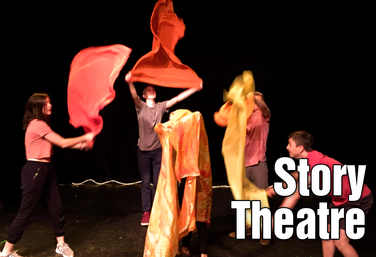
Story Theatre
by Matt Webster

Director's Toolbox 2: Teaching Students to Direct
by James Van Leishout
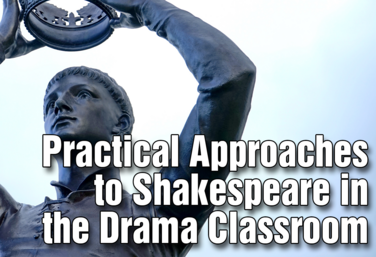
Practical Approaches to Shakespeare in the Drama Classroom
by Julie Hartley
View all Standards for British Columbia (2018) Standards Master List